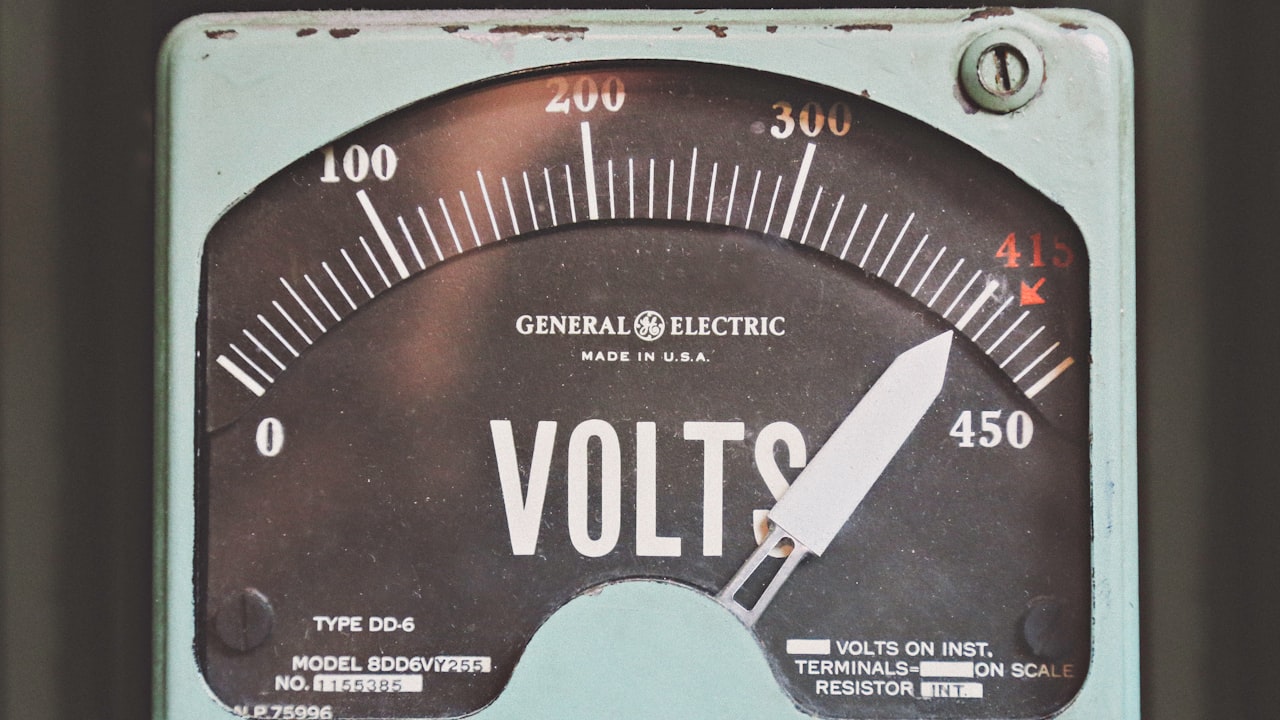Solar batteries are devices designed for storing electricity that can be used later. The stored power can be used during nighttime, during times of power outage, or to save money on electricity. Solar batteries are also called deep cycle batteries because they can charge and discharge a high amount of electricity. With so many types of batteries available for your solar energy system, how do you make the right choice? Explore the different factors that will make your decision easier.
Choosing a Solar Battery
Homeowners and business owners are increasingly embracing solar power, but most people have limited knowledge of the technology. Since a lot of solar battery options are available, it can become a little daunting to make the right choice.
It is recommended to consider the following factors when choosing the perfect batteries for your solar power system.
Capacity
Solar energy batteries are typically rated in amp-hours (Ah). When you come across a battery’s power rating, it refers to its full capacity. It can take thousands of charging cycles before this indicated full capacity can be reached. There is no need to comprehend the science that goes behind the scene to determine your power needs or the proper size of the solar batteries.
- Your peak power need should be estimated in amp-hours.
- When a battery is rated 100 Ah, it can produce 1 Ampere of electrical energy for up to 100 hours or it can produce 10 Amperes for 10 hours.
- A battery with a long warm-up cycle before reaching its full capacity has a greater chance of lasting longer than a battery with a high initial capacity.
When choosing a solar battery, it is important to know your power requirements to determine the proper energy storage needs. Kindly visit website to learn more about the importance of battery capacity.
Flooded or Sealed Solar Batteries
There are two main types of solar batteries:
- Flooded Solar Batteries: These are standard lead-acid batteries designed for off-grid solar applications. They feature longer lifecycles, affordability, and ease of servicing and cleaning.
- Sealed Solar Batteries: These batteries are also referred to as valve regulated lead acid (VRLA) batteries. They are sealed and thus non-serviceable. They feature a charge controller for maintaining the plates and fluids inside.
Lifespan
Next, you should consider the lifespan of the batteries used for storing solar energy. There is an emphasis on designing batteries that can withstand heat-cold cycles and offer high performance for longer periods of time. The underlying battery technology also affects the lifespan.
There are three elements that influence how long a solar battery can last. This includes:
- Depth of Discharge (DoD)
- Temperature
- Cyclic Life
Peak Power Output
Solar batteries are also categorized by kilowatt peak (kWp). This refers to the peak power output of the solar power system in normal conditions. It means the highest power output at its optimal performance. A higher kWp indicates a better solar battery.
Besides the above-mentioned factors, you should also consider the ambient working temperature and round-trip efficiency of the battery before choosing. Ambient temperature refers to the average air temperature around the battery and indicates the ideal temperature for the battery to work normally. Round-trip efficiency refers to the energy that is the percentage of the energy used for storing it. It is recommended to choose a solar power battery with higher round-trip efficiency.


